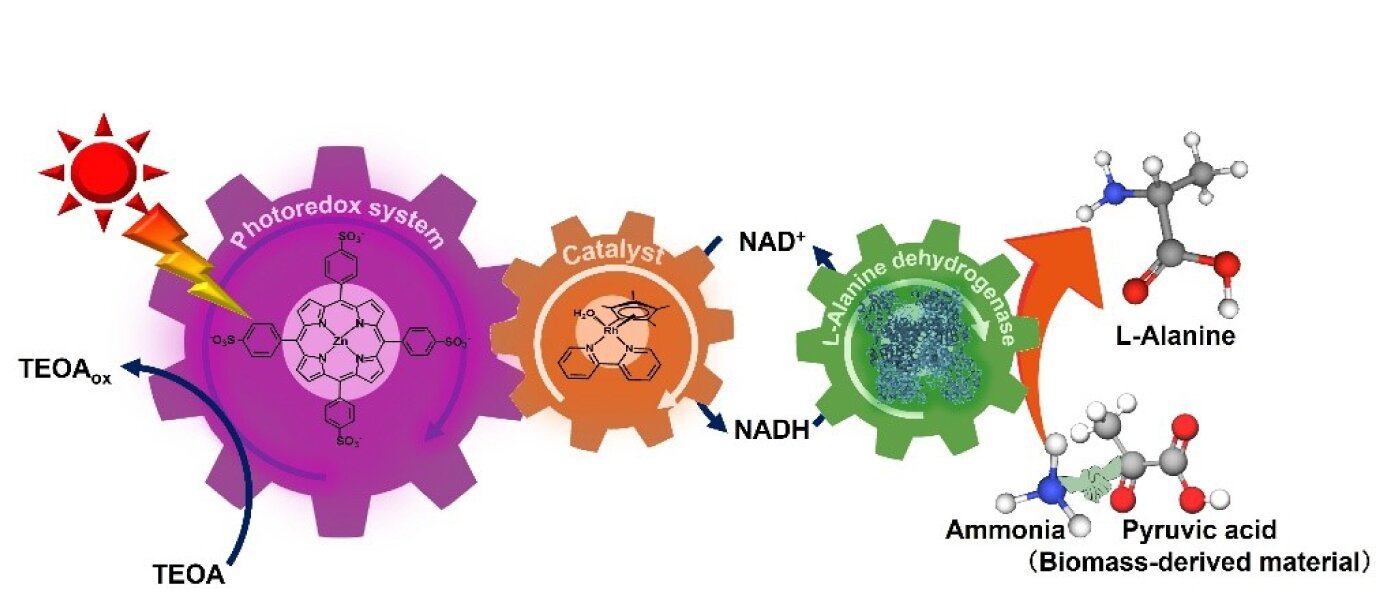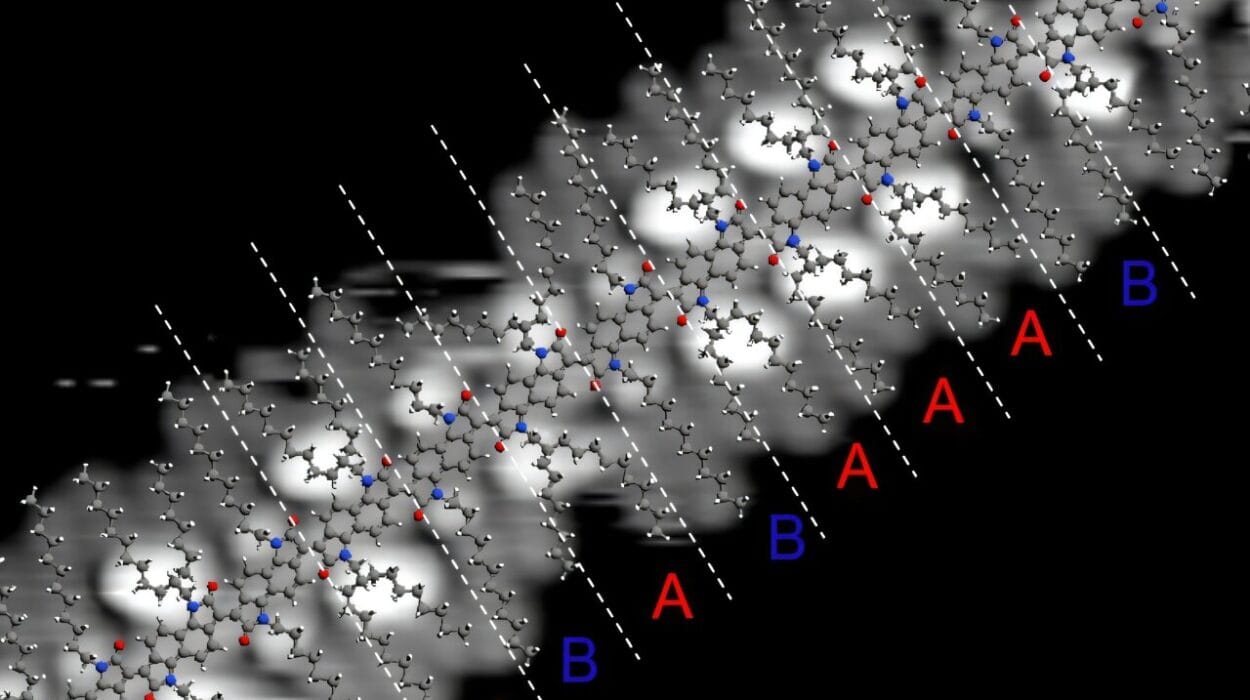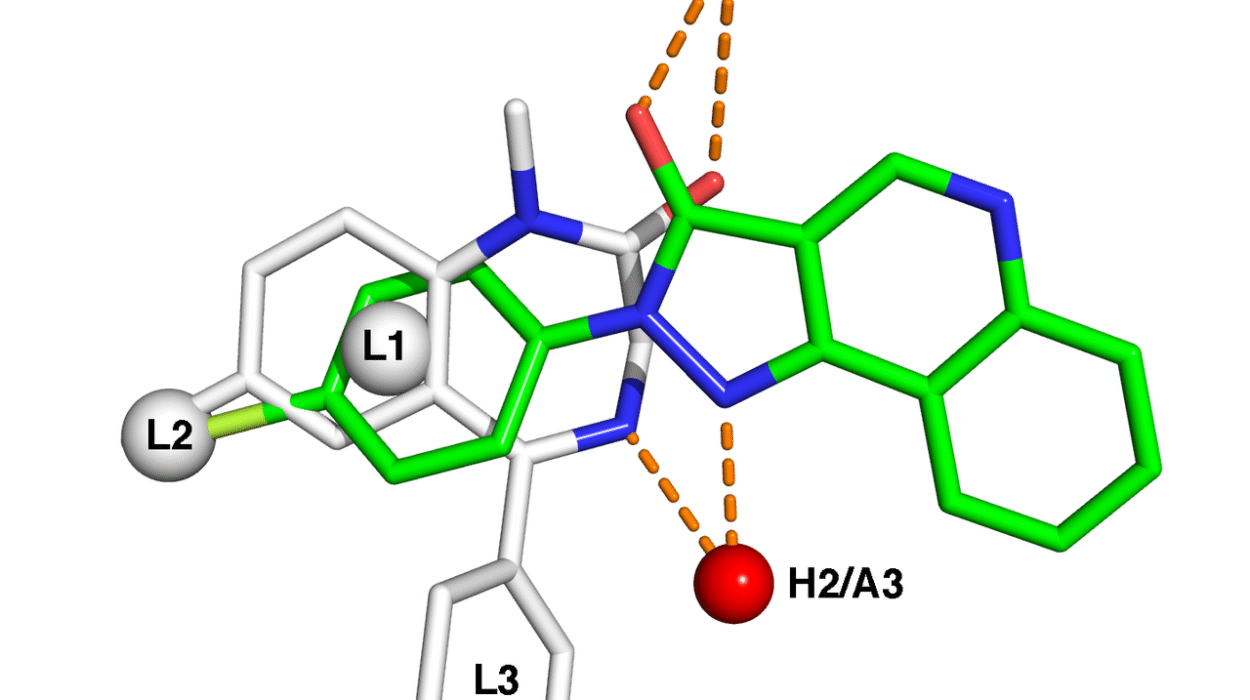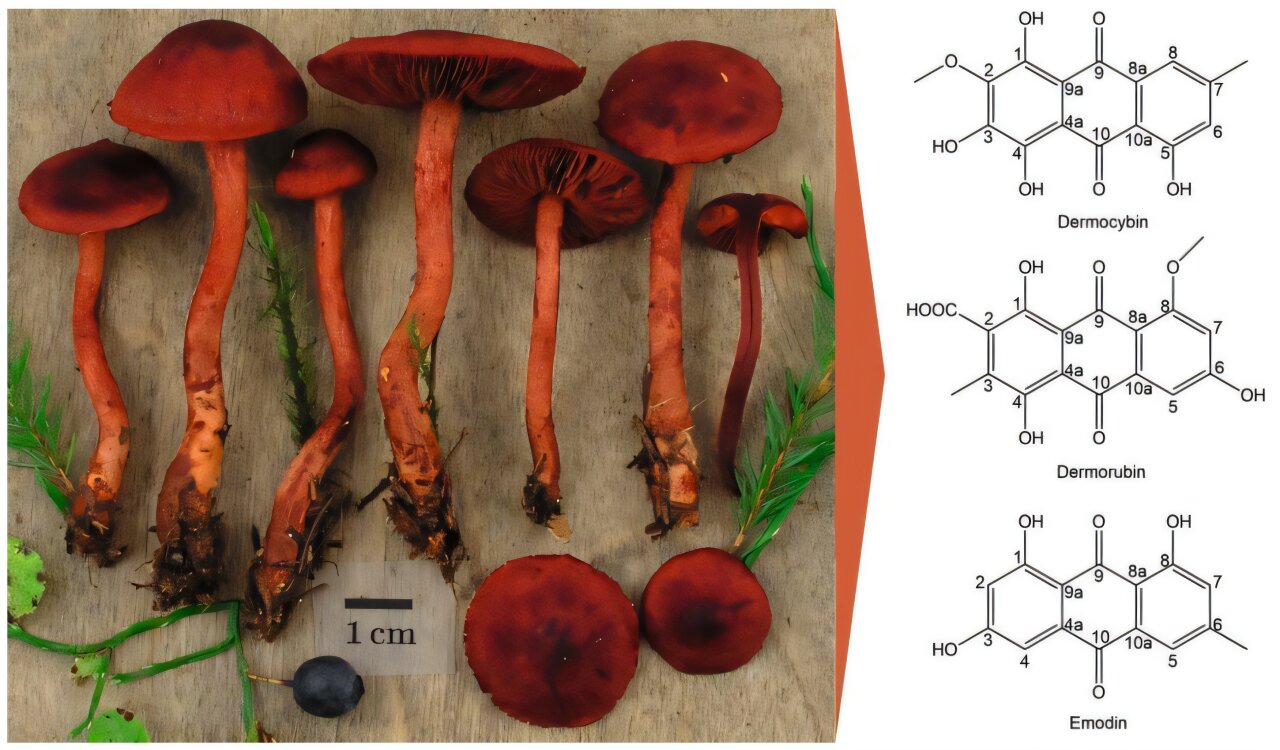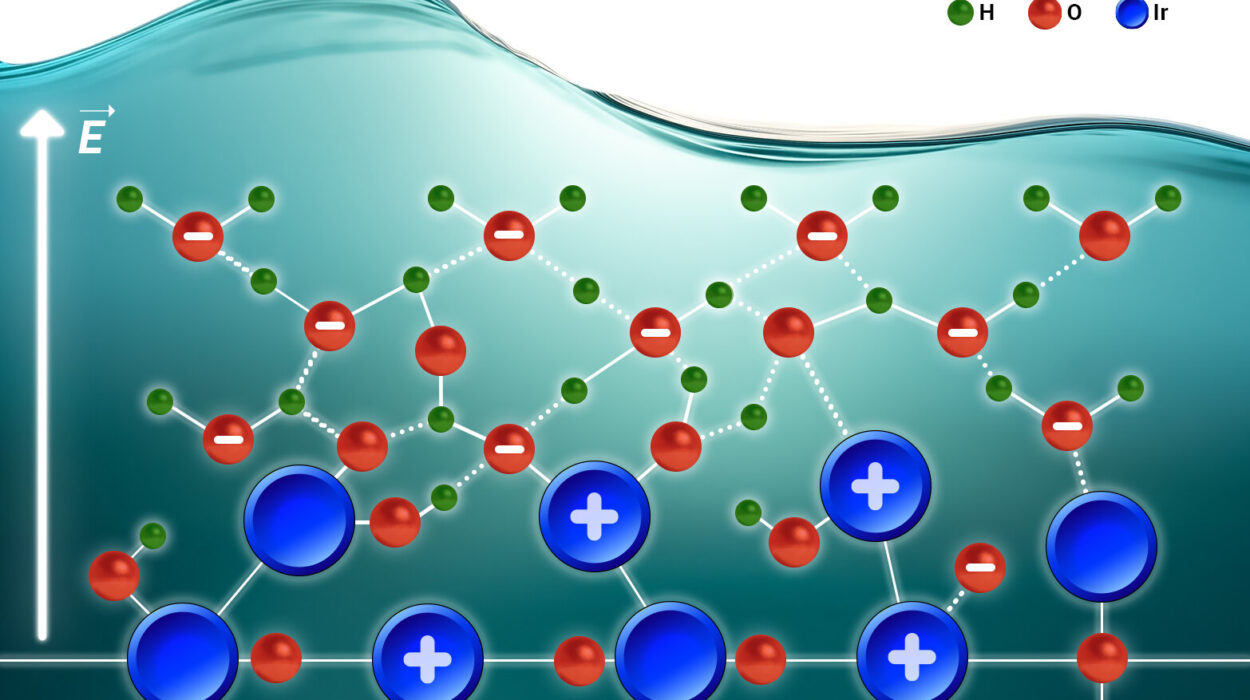Nylon, a durable and elastic material, has long been a mainstay in the world of plastics, from clothing to industrial applications. Like other conventional plastics, it is primarily derived from chemicals found in fossil fuels, raising significant environmental concerns, particularly with regard to its non-biodegradability and reliance on nonrenewable resources. In recent years, however, there has been growing interest in finding more sustainable alternatives, particularly biodegradable plastics made from biomass-derived compounds. Researchers at Osaka Metropolitan University have now made a significant breakthrough in this area, successfully synthesizing biodegradable nylon precursors using renewable biomass materials.
This pioneering work, led by Professor Yutaka Amao and his team at the Research Center for Artificial Photosynthesis, represents an exciting step toward creating environmentally friendly plastics that could replace traditional nylon in a wide range of applications.
The Traditional Nylon Problem
Nylon, a synthetic polymer, is widely used due to its strength, flexibility, and resistance to wear. It’s a staple material in various industries, including textiles, automotive, and electronics. However, traditional nylon is made using petroleum-based chemicals that contribute to environmental degradation. Moreover, it is non-biodegradable, meaning it can persist in landfills for hundreds of years, contributing to the global plastic waste crisis.
In response to the growing environmental concerns associated with petroleum-based plastics, scientists have been exploring alternative sources for plastic production, aiming to create more sustainable and biodegradable materials. While some biodegradable plastics—such as polylactic acid (PLA), made from corn or sugarcane—have gained popularity, challenges remain in creating nylon-like materials that are both biodegradable and sustainable.
Breakthrough in Biodegradable Nylon Precursors
Professor Amao’s team at Osaka Metropolitan University has taken a significant step forward in addressing these challenges. Building on their previous work, which focused on producing raw materials for biodegradable plastics from biomass-derived compounds, the team has now succeeded in synthesizing a precursor for a nylon-type biodegradable plastic. Their research, published in the journal Sustainable Energy & Fuels, reveals how L-alanine, an amino acid, can be used as a key component to create a biodegradable nylon material.
L-alanine is an amino acid with a molecular structure similar to that of other materials used in conventional nylon production. Traditionally, nylon precursors are derived from petrochemical sources, but the team at Osaka Metropolitan University used L-alanine, derived from biomass, to produce a biodegradable plastic with properties akin to nylon. This innovative approach could lead to the development of biodegradable alternatives that not only reduce reliance on fossil fuels but also break down naturally, thus mitigating the environmental impact of plastic waste.
Artificial Photosynthesis: A Key Technology
One of the most remarkable aspects of this work is the use of artificial photosynthesis to synthesize L-alanine, a critical raw material for this new type of biodegradable nylon. Artificial photosynthesis is a technology inspired by the natural process of photosynthesis, where plants convert sunlight into energy. In this case, the researchers used a photoredox system, which consists of a dye and a catalyst, to harness solar energy and drive the chemical reaction.
To create L-alanine from pyruvate (a compound involved in cellular metabolism), the team introduced a biocatalyst known as L-alanine dehydrogenase. This enzyme catalyzes the reaction that combines ammonia with pyruvate to form L-alanine. Notably, the ammonia used in this process can be derived from biomass compounds, making the entire process more sustainable compared to traditional petrochemical methods.
“We have also succeeded in synthesizing the precursor of biodegradable nylon poly-L-alanine using solar energy,” said Professor Amao. The use of solar energy to produce biodegradable plastic precursors is a groundbreaking achievement, as it offers the potential for low-impact, sustainable production of materials that could replace conventional plastics made from fossil fuels.
Environmental and Economic Implications
The ability to synthesize nylon precursors from renewable, biodegradable materials has profound implications for both the environment and the economy. Plastics made from biomass-derived compounds, such as L-alanine, can break down naturally in the environment, reducing the long-term accumulation of plastic waste in landfills, oceans, and ecosystems. This could provide a much-needed solution to the growing plastic pollution crisis, which has become a significant threat to wildlife and the planet’s health.
Furthermore, using biomass as a raw material for plastic production reduces the dependence on nonrenewable fossil fuels, which are limited and contribute to environmental degradation through mining, drilling, and processing. By shifting to biomass-derived compounds, the production of plastics can be more sustainable and potentially carbon-neutral, as plants and other biological sources absorb carbon dioxide as they grow.
The use of artificial photosynthesis to power the process also holds promise for making the entire manufacturing process more energy-efficient and environmentally friendly. Solar-powered production methods could help reduce the carbon footprint of plastics production, aligning with global efforts to combat climate change.
From an economic standpoint, the development of biodegradable nylon alternatives could stimulate new industries and create jobs in the fields of renewable energy, biomass processing, and sustainable materials manufacturing. The potential for a more circular economy, where materials are continuously reused and regenerated, offers significant long-term benefits for both industries and consumers.
Future Directions and Challenges
While this breakthrough represents a significant step forward, there are still challenges to overcome before these biodegradable nylon precursors can be scaled up for commercial use. One of the key hurdles is the cost of production. While the materials used in this process are derived from renewable sources, biomass feedstocks can still be more expensive than petroleum-based chemicals, and scaling the technology to an industrial level will require overcoming economic barriers.
Moreover, while the nylon-like material produced by the team is biodegradable, it remains to be seen how it performs in real-world applications. Biodegradable plastics must meet certain standards of durability, strength, and versatility in order to compete with traditional plastics. Research will likely continue to refine the properties of these materials to make them suitable for a wide range of applications.
Professor Amao and his team are optimistic about the potential of their research, and they have expressed hope that in the future, the synthesis of nylon precursors could be achieved with minimal environmental impact. “In the future, we hope to achieve the synthesis of nylon precursors that have a low impact on the environment, with the aim of producing L-alanine through artificial photosynthesis using ammonia derived from biomass compounds,” Professor Amao said.
Conclusion
The development of biodegradable nylon precursors from biomass-derived compounds is an exciting and promising advancement in the quest for sustainable plastics. By harnessing the power of artificial photosynthesis and using renewable raw materials, researchers at Osaka Metropolitan University have taken a significant step toward reducing our reliance on fossil fuels and tackling the global plastic waste crisis. While challenges remain in terms of scaling up production and refining material properties, this breakthrough paves the way for a future in which biodegradable plastics become a mainstream alternative to petroleum-based materials.
In the coming years, as technology improves and economies of scale are achieved, we may witness a revolution in the plastic industry, where sustainable, biodegradable nylon alternatives help protect the environment and reduce the long-lasting impact of plastic waste on the planet.
Reference: Kyosuke Yamada et al, A photo/biocatalytic system for visible-light driven l-alanine production from ammonia and pyruvate, Sustainable Energy & Fuels (2024). DOI: 10.1039/D4SE01215A
